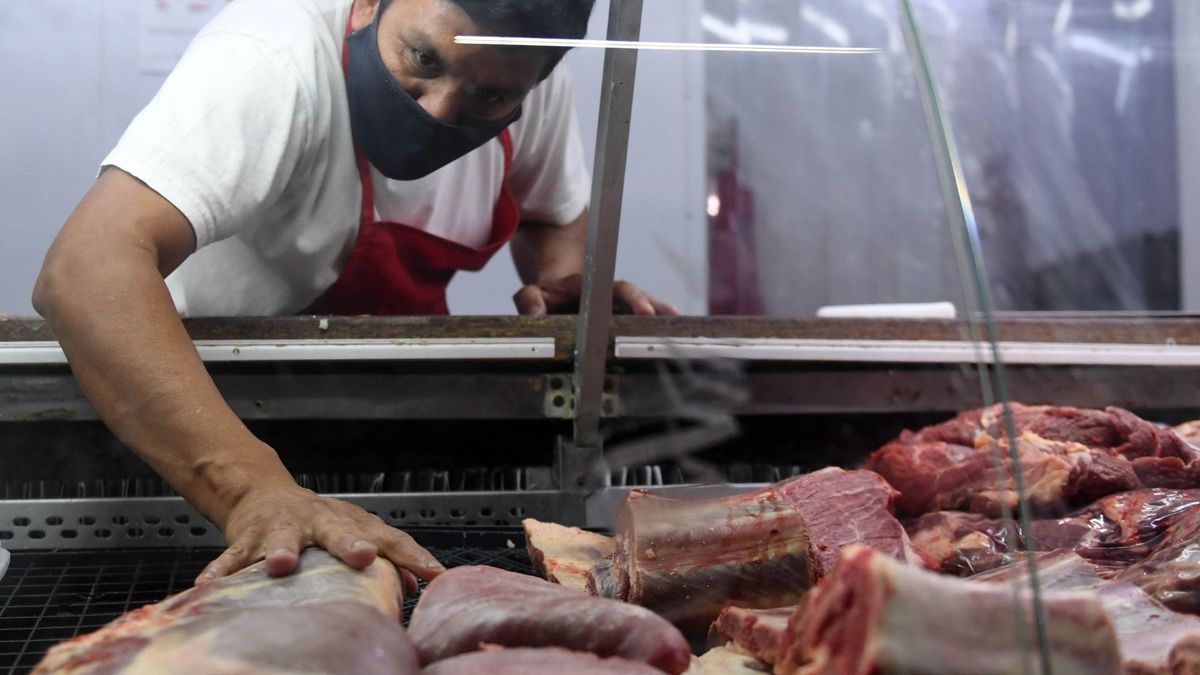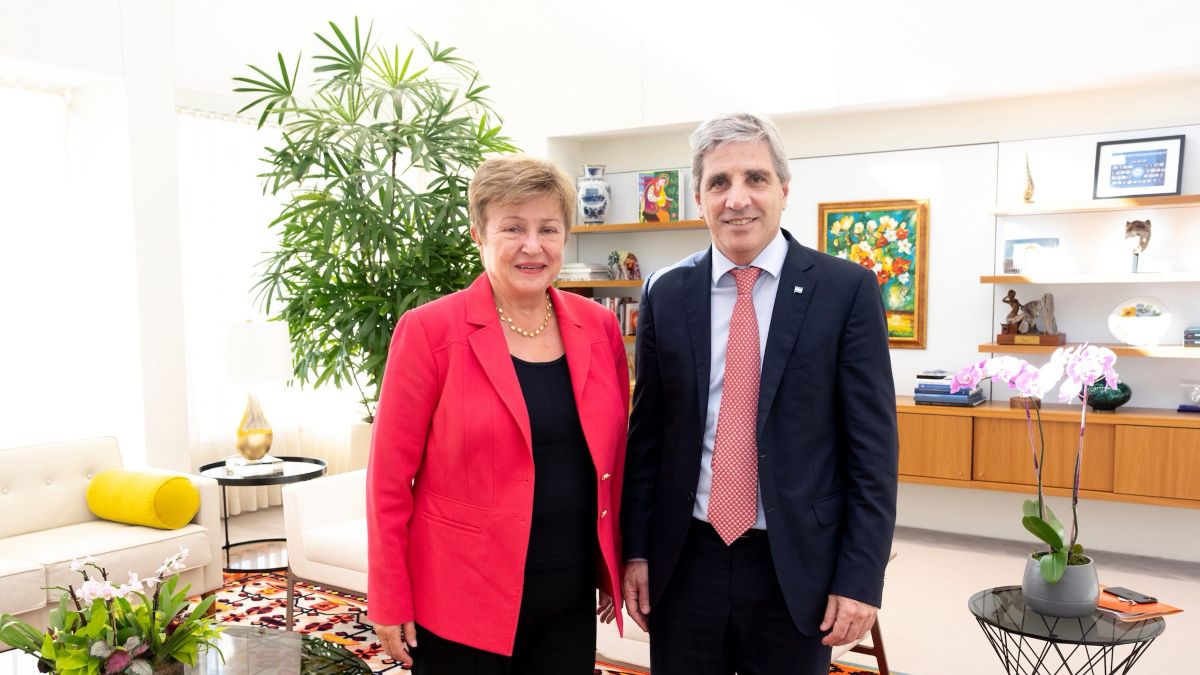This was reported by merchants in the sector, despite the fact that the situation is disparate, depending on whether they are butcher shops in the Autonomous City of Buenos Aires (CABA) or neighborhood markets in the Conurbano. In Federal Capital, they affirm that compared to October the increases were between 5% and 10%, while in the Provincethe prices of the most demanded cuts, such as roast meat, almost didn’t budge.
The barbecue can be found on sale starting at $6,500 in the Morón Market and $6,800 in the Central Market, where Buenos Aires residents can also access discounts through a DNI Account.
How much does meat cost for this Christmas?
According to a survey, the price of a kilo of roast with a view to Christmas ranges from between $10,400 and $11,800 in butcher chains in CABA; between $8,000 and $9,200 in neighborhood stores in CABA; $7,000 on average in supermarket chains; between $6,500 and $7,500 in the Morón Market, and $6,800 in the Central Market.
Last October, according to the Ipcva, The average price of beef had been $7,878 per kilo and in November it closed with the roast above $10,000 in some butcher shops in the City of Buenos Aires, while consumers fear that there will be new increases in the run-up to the Holidays.
The typical barbecue cuts such as vacuum, entraña, tail of rump, matambre, eye of steak, and the classic achuras (gizzards, chinchulines, kidneys, chorizos and blood sausages) They skyrocketed in the main urban areas, so that the kilo of a roast takes away the four zeros of the bill fresh from the monetary oven.
Retraction of consumption
Many consumers turned around at the door of the premises, but even so the prices of the half-carcasses did not react downwards, they affirm that due to a recomposition prior to the holidays decided by the slaughterers, that is, “the supply “, after three months of stagnant values.
Thus, the counters of butcher shops and supermarkets reflected these increases between 10% and 12%, which was visible in cuts such as Milanese, which were indicated at $9,000 per kilo; the roast, at $8000; the empty one, at $9,500; the loin, at $11,000, and the breast, at $10,000.
However, the Buenos Aires butcher shops and the suburban neighborhoods do not agree and a lot has to do with the influx of customers who agree to pay up to $11,000 per kilo of the quintessential barbecue ingredient. In the peripheries they earn up to 35% less than their metropolitan colleagues.
This was explained by the vice president of the Chamber of Slaughterers and Suppliers (Camya), Sergio Pedace, when he assured that “the expectation for the Holidays, the tight finances and the rains have contributed to this increase.”
“In addition, we came with a late price, but we have to see if consumers validate these new values,” he remarked.
beef
The cut of meat already exceeds $10,000 per kilo
NA
Meat prices are below inflation
So far this year, meat prices have increased by 33% to the public compared to an inflation of 107% in the same period. It reflected the drop in per capita consumption of 46 and 48 kilos annuallyreaching the lowest values in the last 28 years, according to the Institute for the Promotion of Argentine Beef (Ipcva).
The Argentine Rural Society also maintained that “the current price of standing property is 18% below the average of the last fifteen years, in real terms,” in the report prepared a few days ago.
“Between December 2023 and October 2024, the price of the farm increased, on average, by 41%, and that of meat to the consumer by 59%, while the CPI registered an increase of 107%.
This behavior deepened even further in October, when farm values “showed a negative evolution: the consumption steer fell by 0.6% and the breeding calf fell by 5.6%.”
The business justification is that, with the recent increase, Fat farm prices have reached average values of $2,500 for heifers and steerswhile large and heavy steers already exceed $2,600 per kilo and that, in this framework, this adjustment allows us to cover the higher costs previously assumed.
Despite the spike in meat prices, food inflation in November could be lower than in October: the fourth week of the month ended with a slight increase of 0.1%, leaving the average monthly increase at 2.2%
Source: Ambito
David William is a talented author who has made a name for himself in the world of writing. He is a professional author who writes on a wide range of topics, from general interest to opinion news. David is currently working as a writer at 24 hours worlds where he brings his unique perspective and in-depth research to his articles, making them both informative and engaging.




